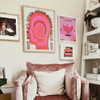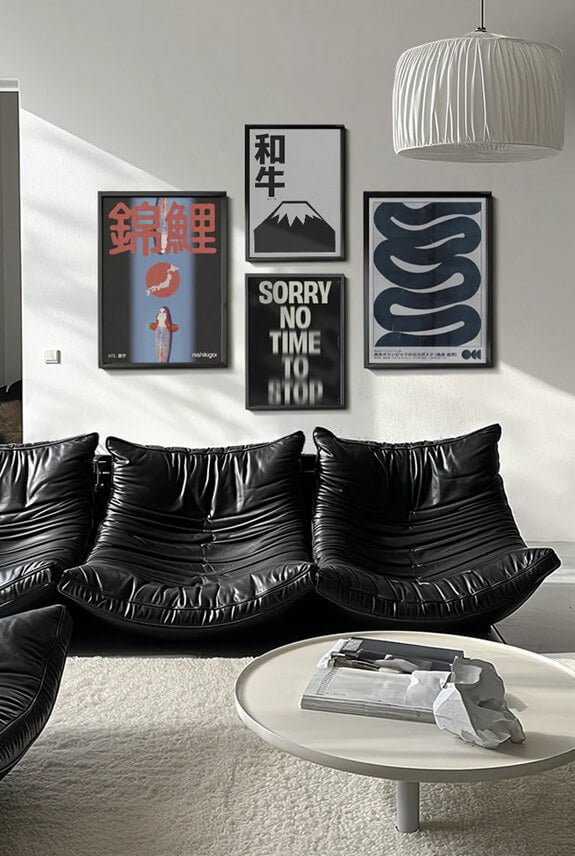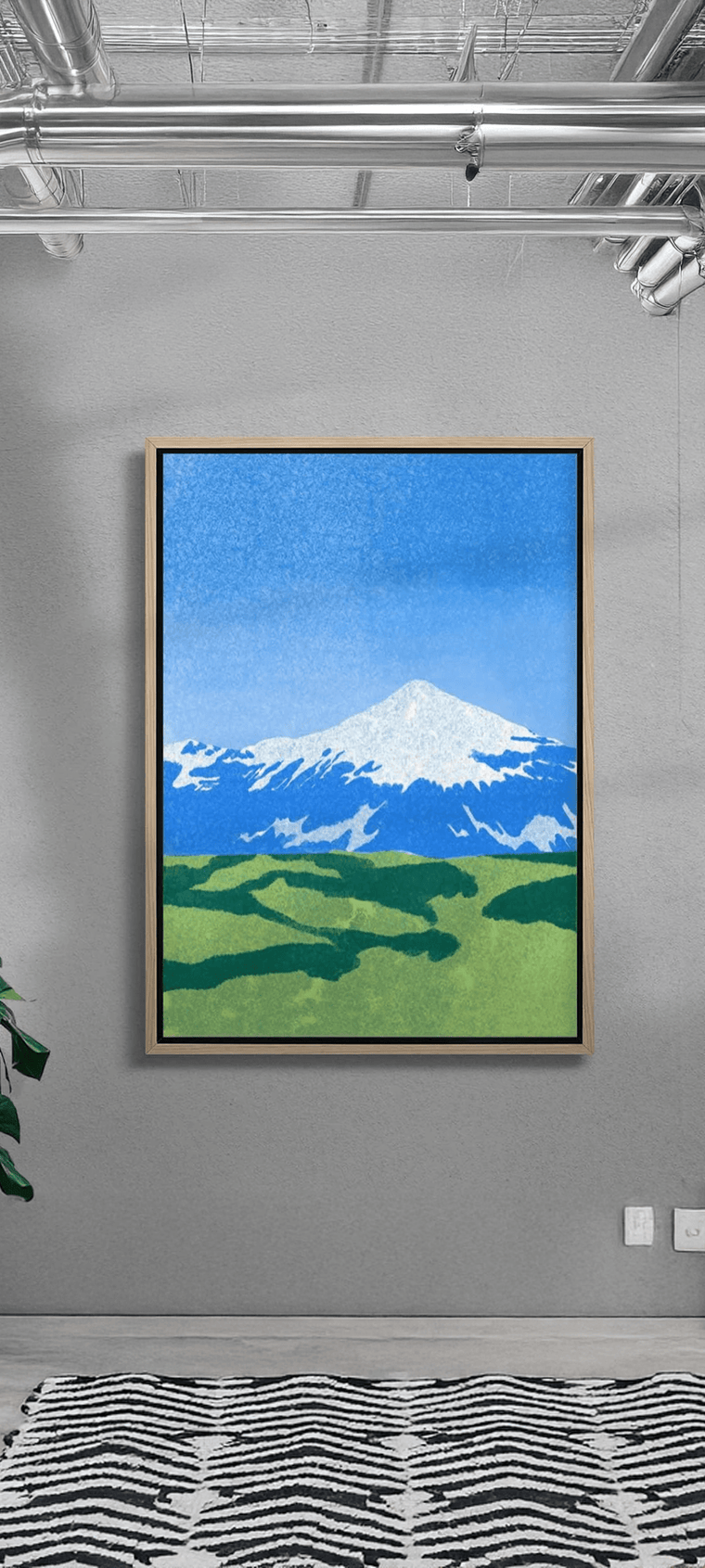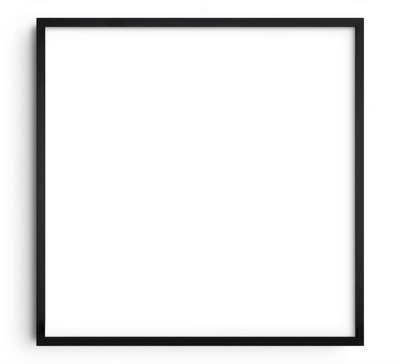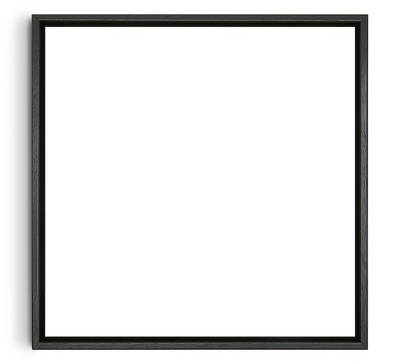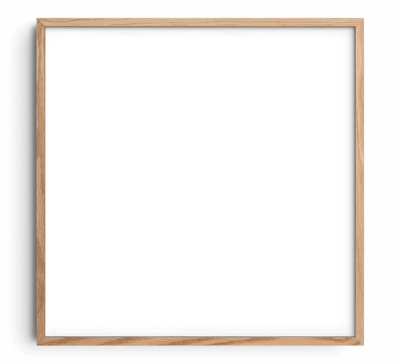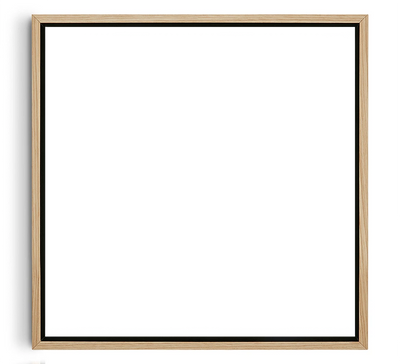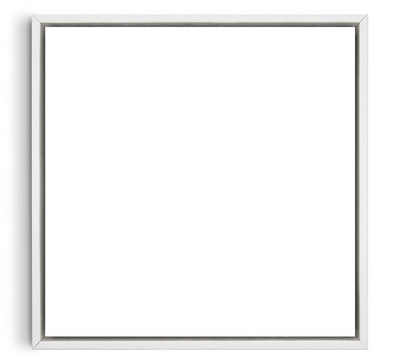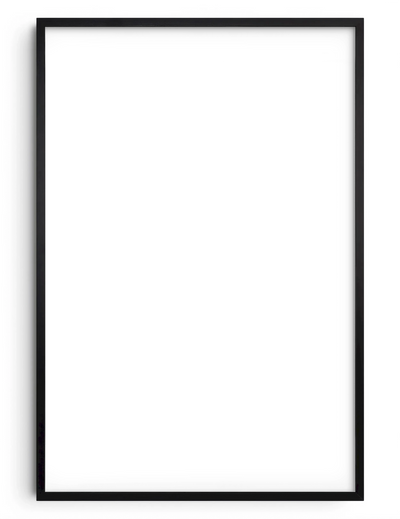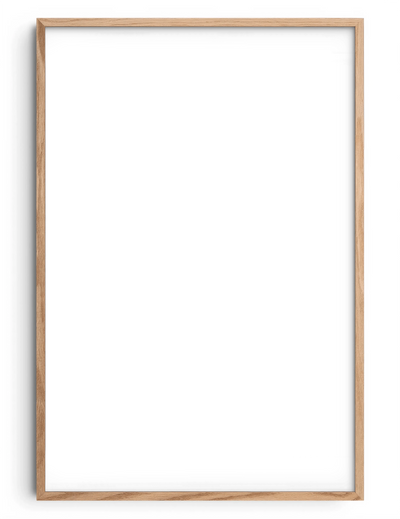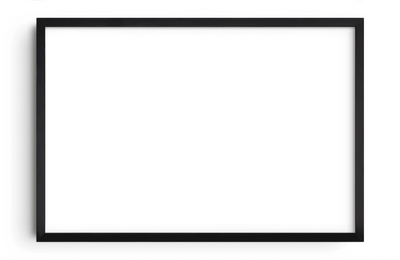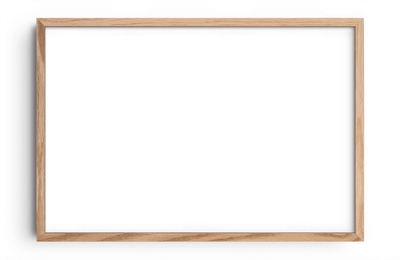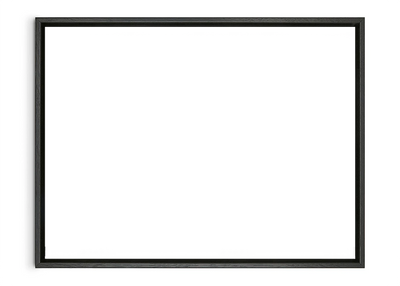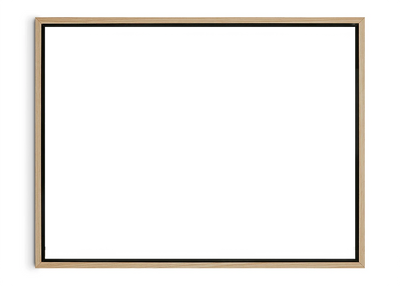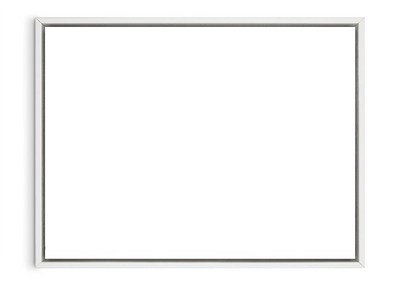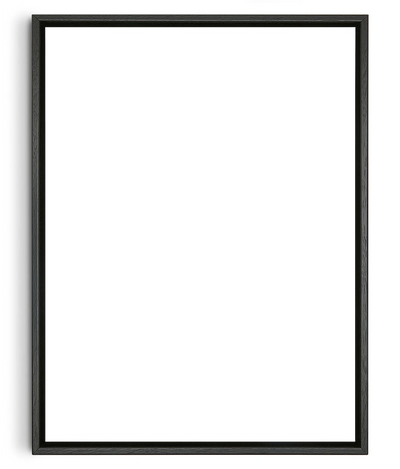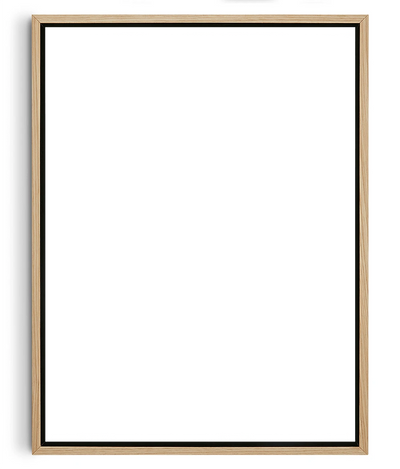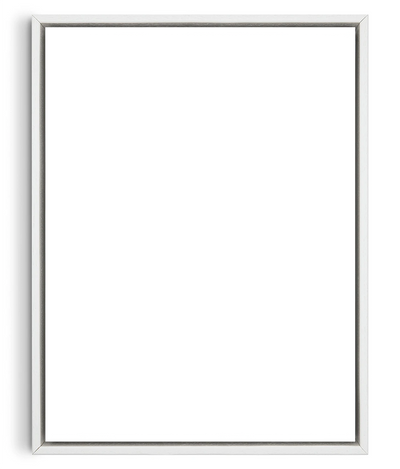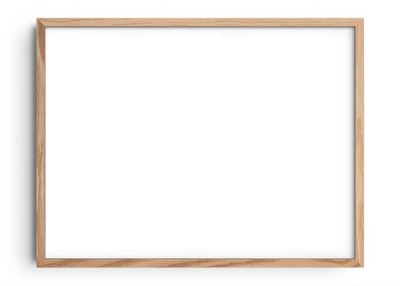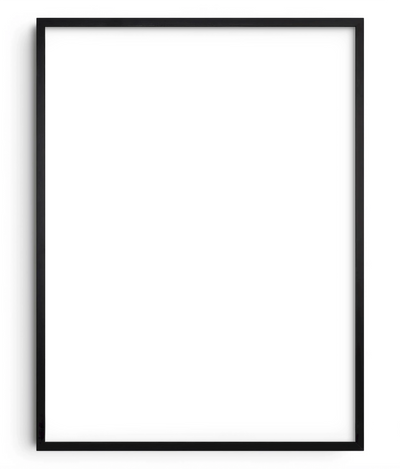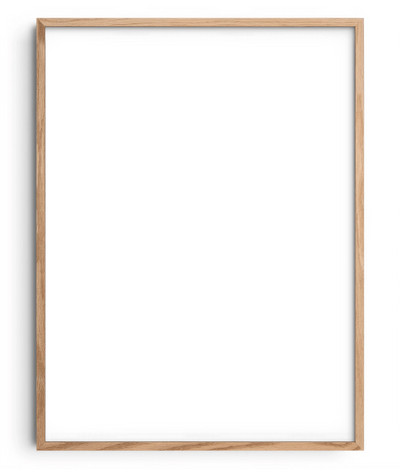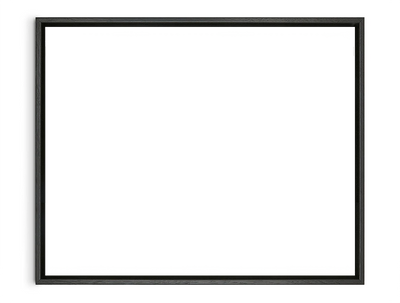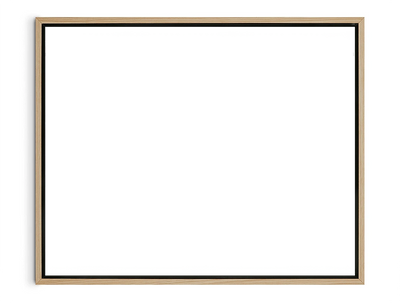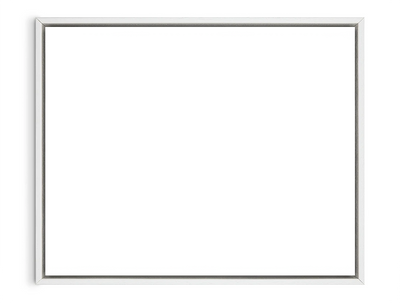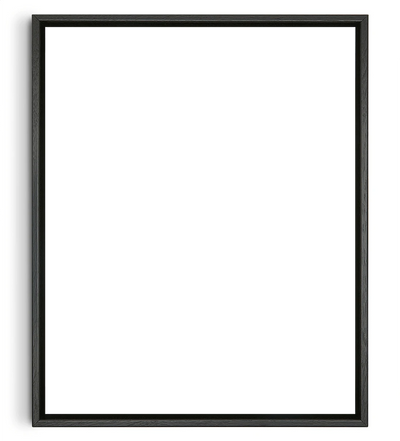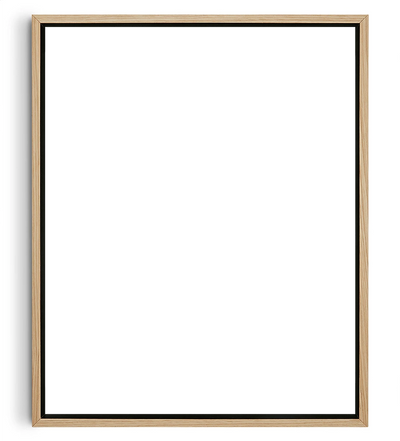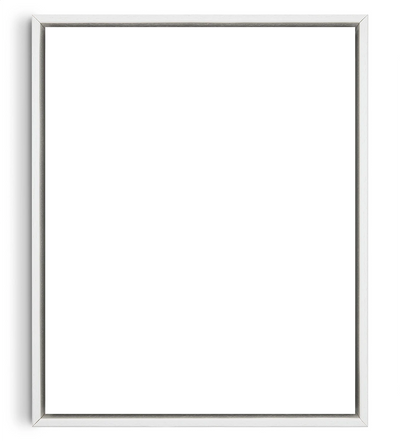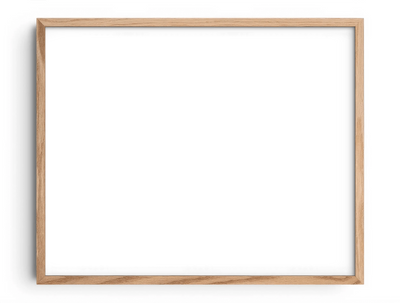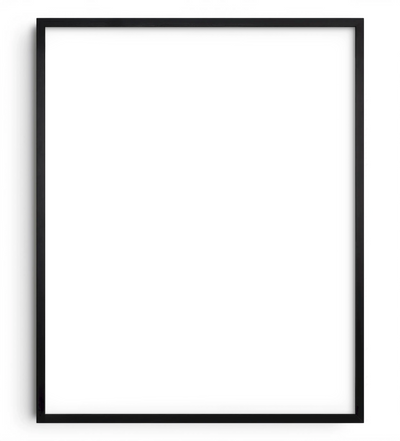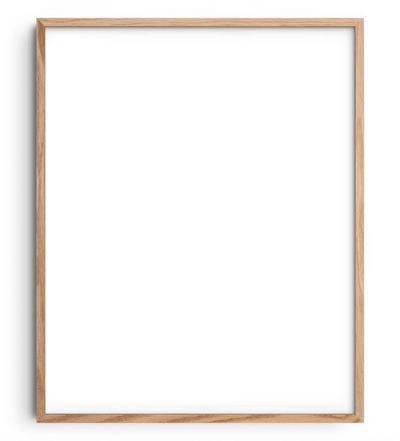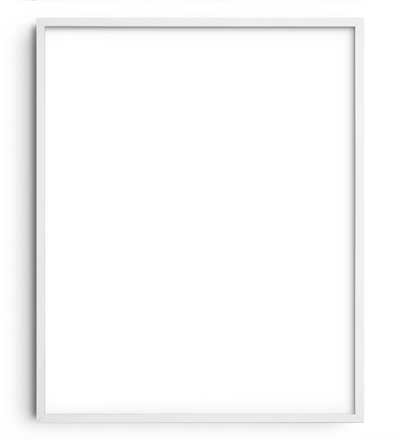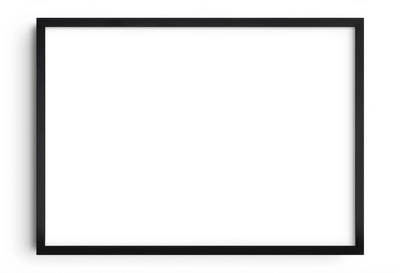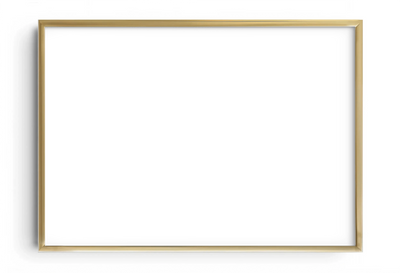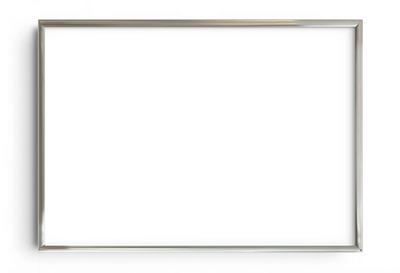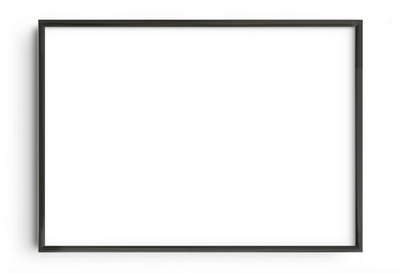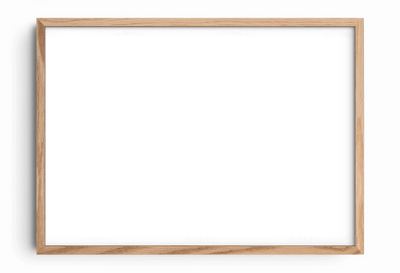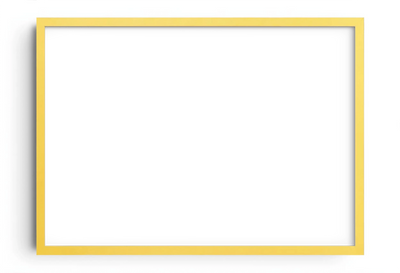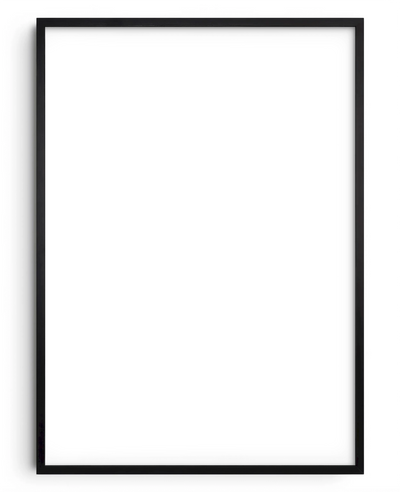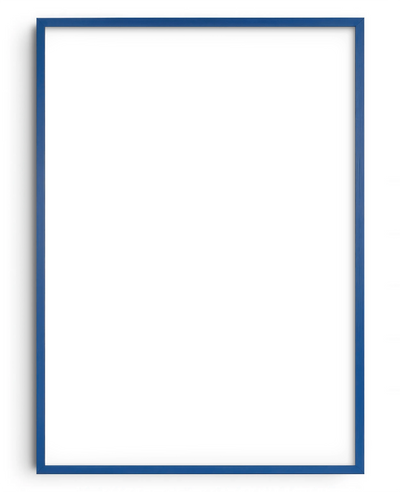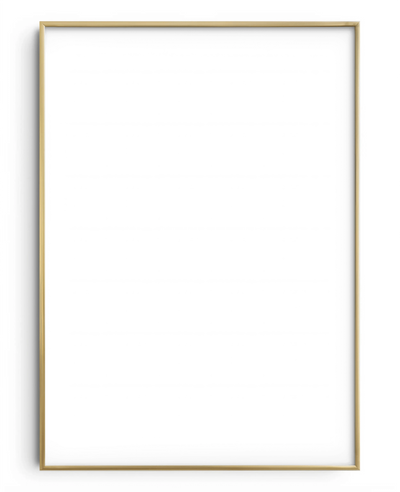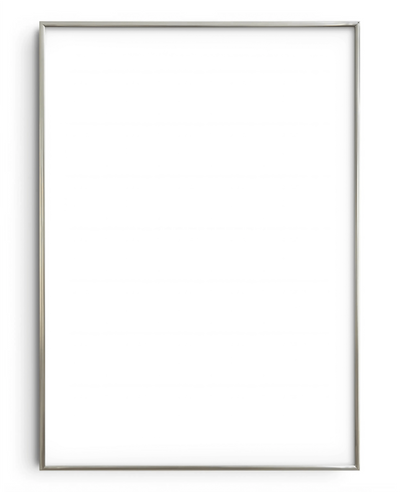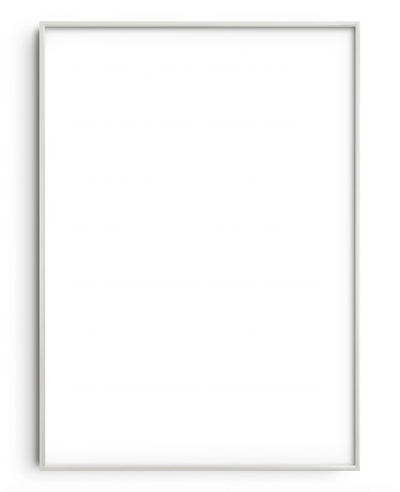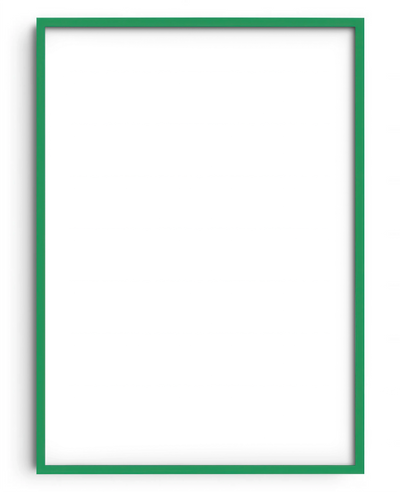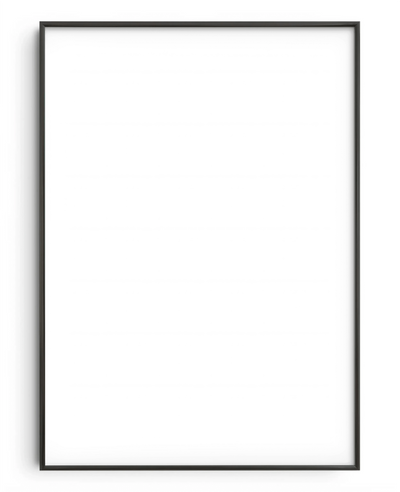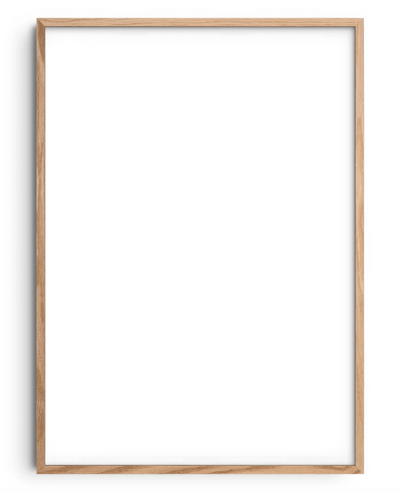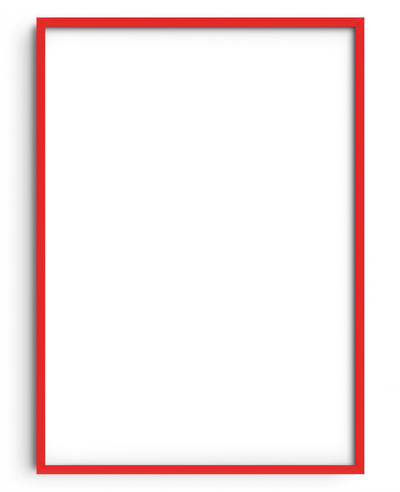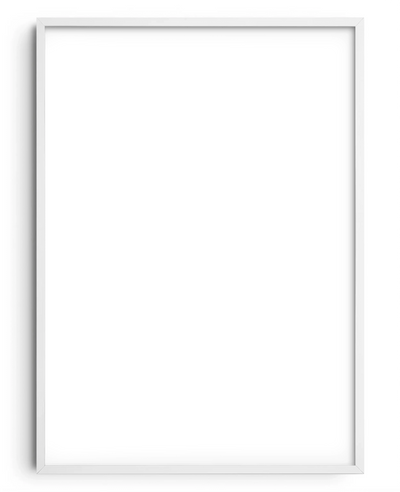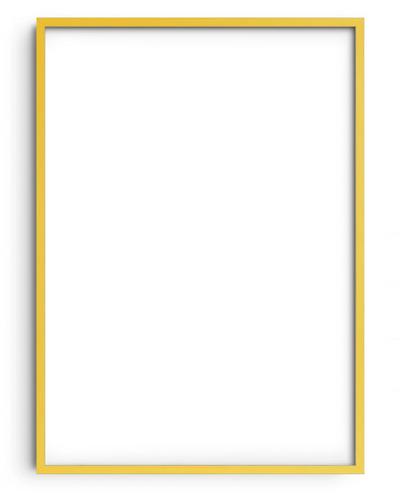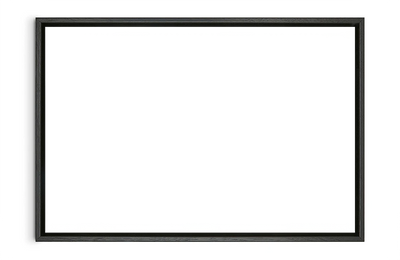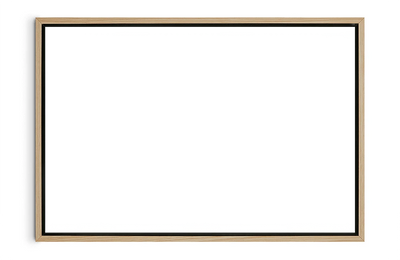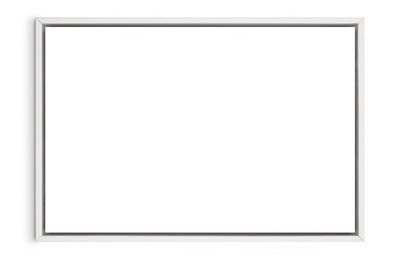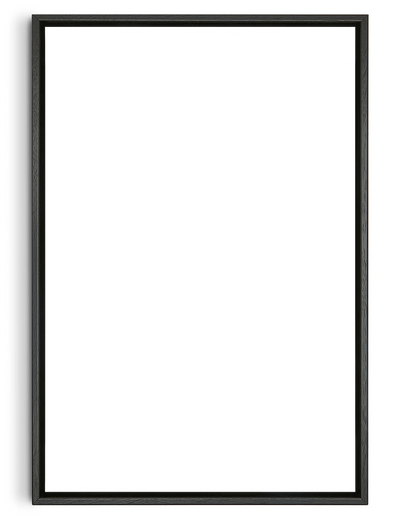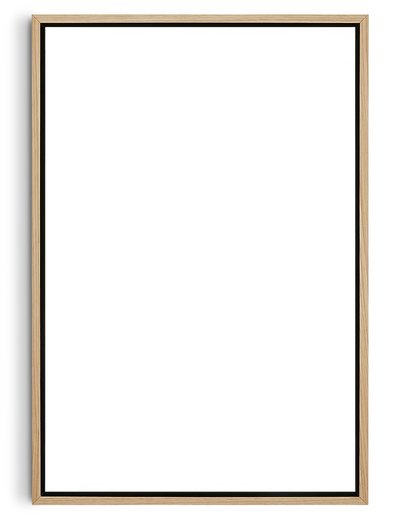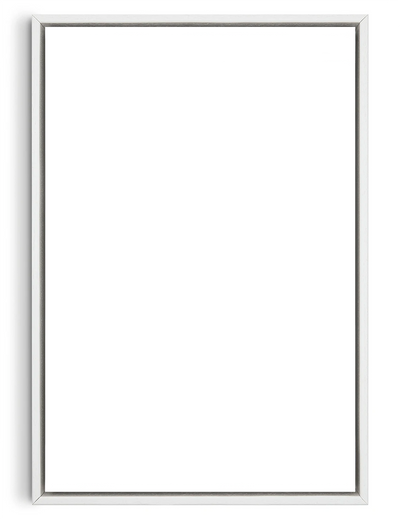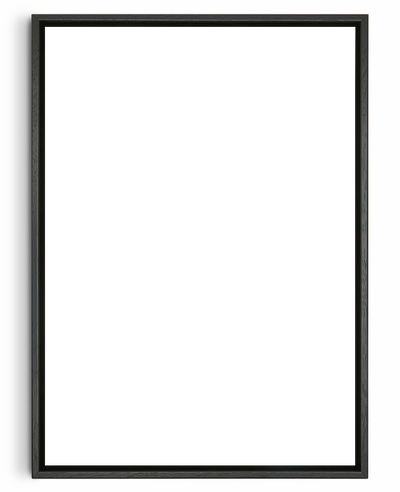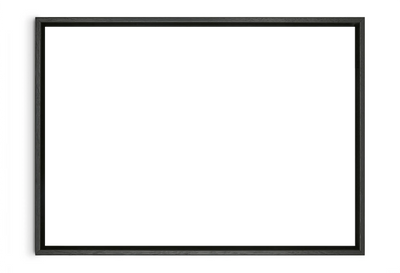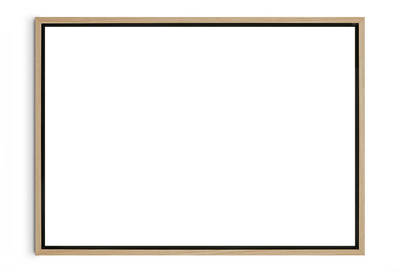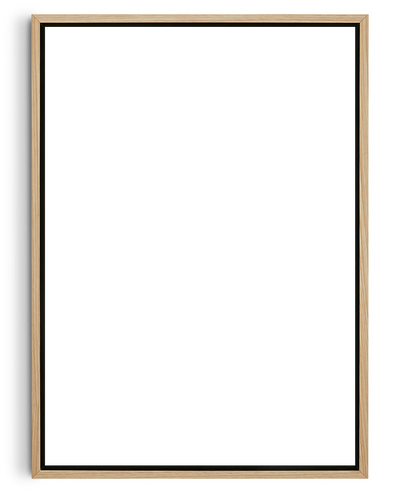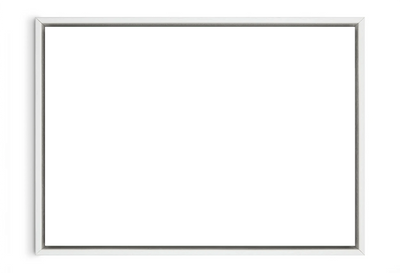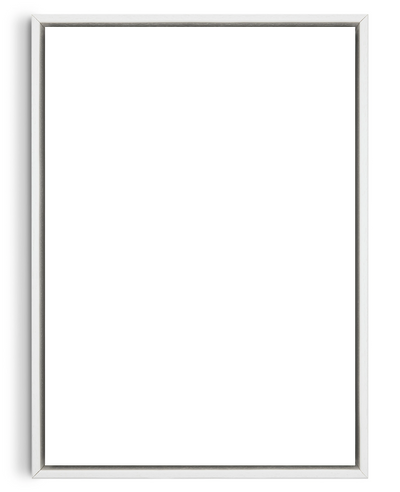Many homeowners today are drawn to interiors that reflect a thoughtful mix of the past and present. The appeal lies in combining the warmth and character of vintage pieces with the clean lines and functionality of modern design. As a result, this approach allows people to create spaces that feel personal and full of depth.
While vintage and modern styles each bring something valuable to any room, combining them without a clear plan can easily lead to a space that feels disjointed or cluttered. The contrast in materials and design philosophies can clash if not carefully balanced. That’s why the key is to blend these elements in a way that feels cohesive and intentional.
If you want to decorate your space with vintage and modern pieces without creating visual discord, these tips will help you design a space that’s stylish and harmonious.
1. Lay a Neutral Groundwork

One of the most effective ways to create a visually calming and balanced space is to begin with a neutral colour palette. Shades such as soft greys, warm whites, beiges, and taupes work particularly well, as they don’t compete for attention and allow other décor elements to stand out. Using neutral tones also provides a flexible canvas where you can confidently layer in a mix of modern and vintage pieces.
A simple yet impactful way to maintain this neutrality is through your choice of frames for artwork. Opting for neutral-toned frames, such as white, black, or natural wood, helps achieve visual consistency while allowing your art to shine. DROOL’s solid wood frames are a perfect example of this thoughtful detail. Each frame is hand-made and hand-finished, with the corners carefully glued, sealed, and sanded for a premium finish. For a sleek, contemporary touch, consider our contemporary thin frames in classic neutral colour-ways. These slim profiles complement a wide range of artwork styles, from abstract art prints to vintage illustrations, and enhance your home with understated elegance.
2. Find the Perfect Balance

Achieving the right balance between vintage and modern elements is crucial to avoiding visual clutter. A good rule of thumb is to decide which style you’d like to dominate and use the other as an accent. For instance, you might opt for a predominantly modern interior with clean-lined furniture and minimalist lighting, while integrating a few standout vintage pieces such as an antique writing desk or an Edwardian armchair.
This strategy allows each style to enhance the other without competing. It's also helpful to distribute your vintage and modern items evenly throughout the space. Instead of clustering all the antiques in one corner, scatter them strategically so that the eye moves naturally across the room.
3. Experiment with Contrast Intentionally

Intentional contrast also brings excitement and visual texture to an interior. Rather than shying away from mixing styles, embrace the differences. Consider pairing a sleek, modern pendant light with a timeworn farmhouse table to create a visually striking juxtaposition that adds interest and character. Similarly, a vintage chandelier above a modern dining set can become a bold focal point that ties the room together.
The same concept applies to materials and finishes. Combining different textures, like smooth glass with rustic wood, brushed metal with aged leather, or velvet with polished concrete, adds layers of depth to the overall look. To ensure cohesion, try to repeat certain tones or textures throughout the space. This means, if you have brass handles on a vintage dresser, consider incorporating similar brass accents in modern lighting or decorative accessories to subtly tie the scheme together.
4. Use Transitional Pieces as a Bridge

Transitional pieces serve as the stylistic middle ground between vintage and modern décor, helping to ease the transition from one style to another. These items often blend classic shapes with contemporary materials, or vice versa, making them highly versatile additions to any room.
Mid-century modern furniture is a popular choice for this very reason. It has the elegance of retro design while still feeling fresh and timeless. A walnut sideboard with clean lines, for instance, can work beautifully alongside both antique chairs and modern lighting. Alternatively, a Chesterfield-style sofa in a contemporary fabric can ground the room with vintage charm while still fitting seamlessly into a modern interior.
5. Accessorise with Intention

Accessories are the glue that holds a mixed-style space together. However, it’s easy to overdo them. To maintain visual clarity, choose your accessories with intention and purpose. Rather than filling every shelf and surface, select pieces that either echo a theme or help balance the overall look.
When styling shelves, mantels, or side tables, aim for a balanced mix of old and new. A modern lamp can sit atop a reclaimed wooden side table, while a sleek mirror might hang above a vintage fireplace.
6. Curate According to Personality

Perhaps the most important element in blending vintage and modern décor is ensuring that the result feels like you. Don’t just blindly follow trends or imitate Pinterest boards. Instead, focus on curating a space that reflects your personality, interests, and lifestyle. This might include showcasing family heirlooms, flea market finds, or pieces collected over time during travel.
Storytelling through your décor adds warmth and meaning to your home and ensures that your style remains cohesive in its authenticity. When every piece has a reason for being there, the overall look becomes unified through narrative rather than aesthetics alone.
With a bit of planning, it’s possible to create a home that celebrates the best of vintage and modern decor. Consider adopting the tips above to help you avoid the pitfalls of clashing styles and instead craft a space that feels intentional and inviting.
Most importantly, let your own story shine through. Whether you’re revamping a London flat or adding character to a rural home in the Cotswolds, the mix of old and new can result in a timeless design that reflects who you are.


